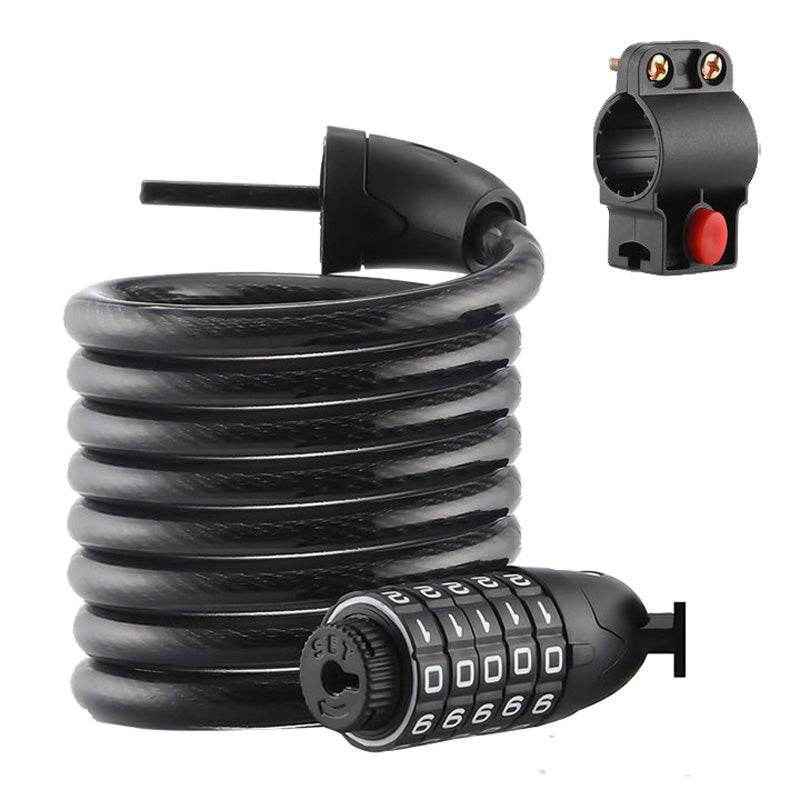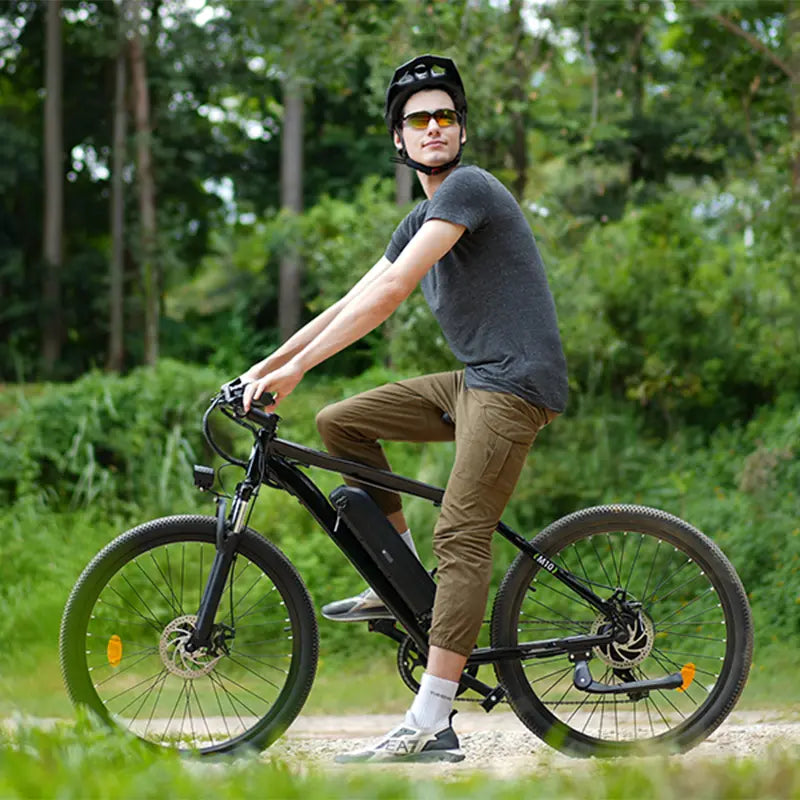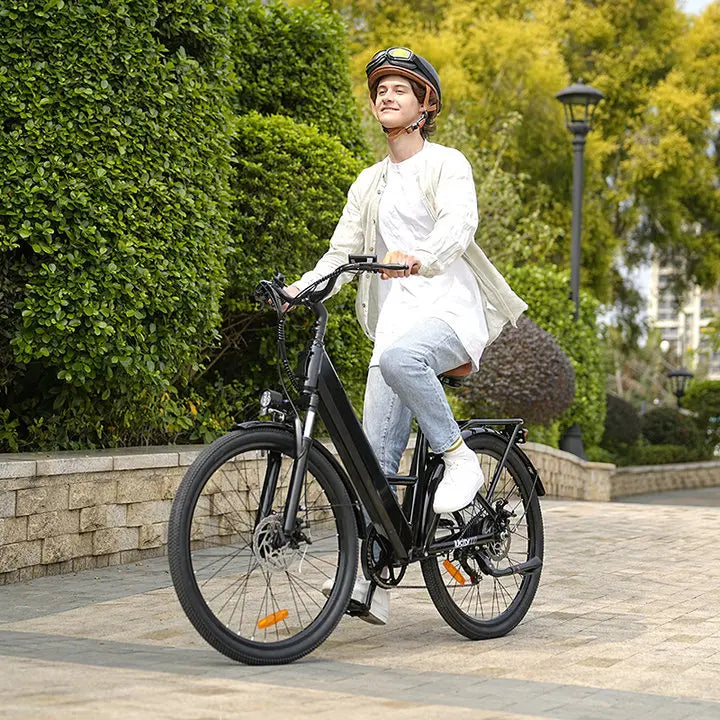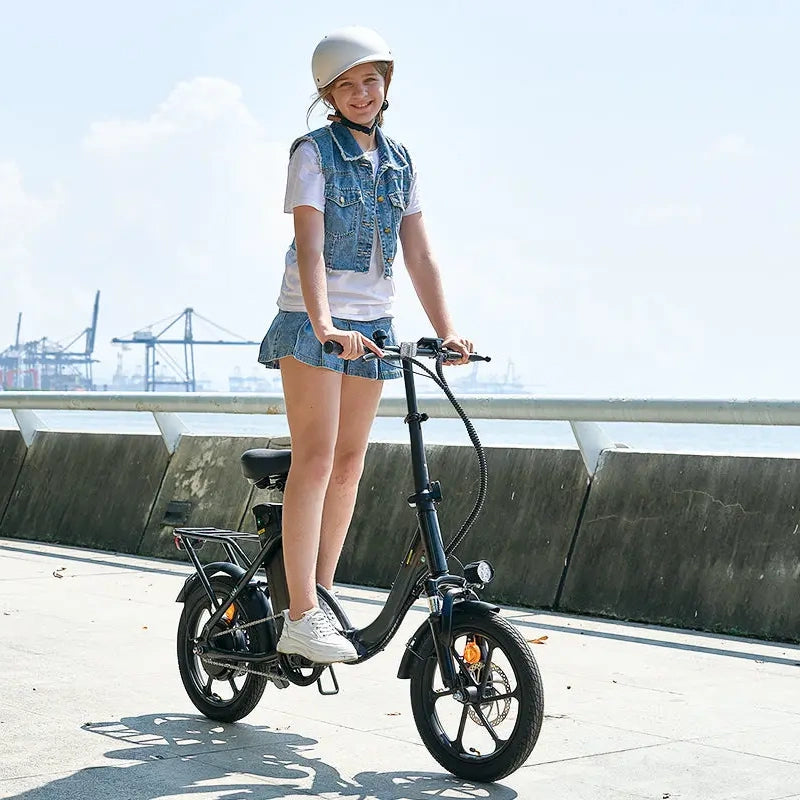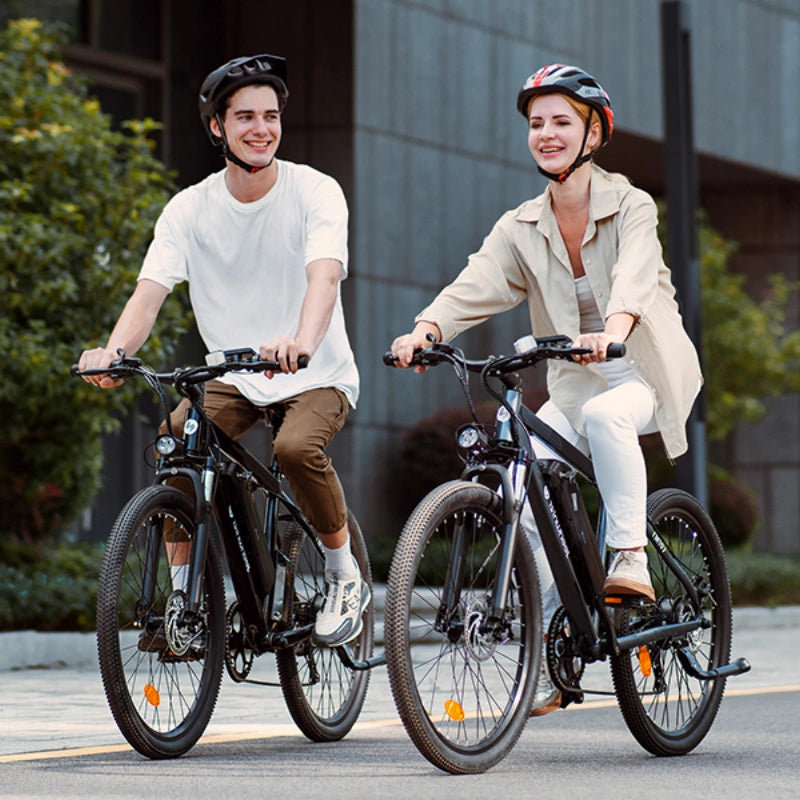Do You Need a Licence for an Electric Bike?
Do You Need a Licence for an Electric Bike? Golden Rules for a Licence-Free Ride
Most people know the personal benefits of electric bikes (or e-bikes), such as their convenience, cost savings, and reduced traffic and parking headaches. However, many people are unaware of the legal implications.
Do you know that under the law, you or your child’s e-bike can be seized by the police for certain infringements? Do you know these infringements?
Before getting that e-bike for you and yours, ask yourself, do you need a licence for an electric bike? What type of electric bike doesn’t require a licence? Where can you get such bikes? We answer these questions and more in this comprehensive piece that explains the legal requirements of e-bikes.
Do You Need a Licence for an Electric Bike?
The answer is yes and no, depending on the type of e-bike that you purchase. You can ride an e-bike without a licence if it qualifies as an Electrically Assisted Pedal Cycle (EAPC).
What is an Electrically Assisted Pedal Cycle (EAPC)?
An Electrically Assisted Pedal Cycle (EAPC) is any electric bike that meets certain criteria under the law, allowing it to access the privileges of a regular bicycle.
According to the Driver and Vehicle Licensing Agency (DVLA), an EAPC will be treated like a regular bicycle. You do not need a licence to ride an EAPC. You do not need any registration, taxes, or insurance (However, we suggest insuring your electric bikes).
EAPCs are allowed on roads, cycle paths, bridleways, and other locations allowing pedal bikes. Once your e-bike qualifies as an EAPC, you have satisfied 3 of the 5 golden rules to ride an e-bike on any route without a licence.
When Does an Electric Bike Qualify as an EAPC?
To be classified as an Electrically Assisted Pedal Cycle (EAPC) in the UK, an electric bike must meet the following criteria:
-
Pedals: There must be pedals that propel the bike. Electric assistance must only supplement pedalling, not replace it entirely.
-
Electric Motor: The motor should have a maximum power output of 250 watts and should not contribute beyond the speed of 15.5 mph (i.e. 25km/h).
-
Information Display: The electric bike must be marked with the manufacturer’s name, motor power output, and the battery voltage or maximum assisted speed.
Be aware: If your e-bike was originally an EAPC and you modified it to change any of these criteria to exceed the requirement, it no longer qualifies as an EAPC. In that case, it will legally be treated as a motor vehicle and subject to licensing, insurance, and registration requirements.
What to Do When an Electric Bike Is Not an EAPC
Once your e-bike defaults in one of the criteria above, it is no longer considered an EAPC. This doesn’t mean it can’t be ridden, but it will be treated like a moped or motorcycle and classified as a motor vehicle under UK law.
If you have an electric bike like this, then you should take note of the following legal requirements:
-
Documentation: To ride a non-EAPC electric bicycle, you will require DVLA registration, a driving licence (AM or Q category), vehicle insurance, and will be subject to road tax.
-
Limitations: Non-EAPC e-bikes can only be used on public roads like normal vehicles. They are not allowed on cycle paths, bridleways, or pavements.
-
Helmet Use: Helmets are a compulsory requirement by law while riding non-EAPC e-bikes. They aren’t essential for EAPCs, but wearing them and other safety accessories is highly recommended.
Failure to meet these legal requirements can result in fines, penalties, vehicle seizure, and prosecution.
5 Requirements to Ride an E-Bike Without a Licence
The UK government is clear on its electric bike rules. Here is a summary of the 5 requirements you must satisfy to ride an e-bike without a licence:
-
You must be 14 years old or over.
-
Your e-bike must have pedals that can propel it. The electric motor can assist, but pedalling must be the primary mode of propulsion.
-
The motor’s continuous rated power output must not exceed 250 watts and must not propel the bike once its speed exceeds 15.5 miles per hour (mph).
-
The bike must display certain markings, including the manufacturer’s name, motor power output, and either battery voltage or the maximum assisted speed.
-
You must follow local traffic and cycling laws. While these general rules apply across the UK, local enforcement or signage may vary, especially on shared paths and cycle routes.
Can You Ride an Electric Bike if Banned from Driving?
If you have been banned from driving, the only types of electric bicycles you can ride are EAPCs. Riding an EAPC is like riding a regular bike, and there are no limitations.
A Quick Summary
Do you need a licence for an electric bike? It depends on the bike. E-bikes known as Electrically Assisted Pedal Cycles (EAPC) don’t require a licence, insurance, or tax payment. They are treated like regular bicycles, and you can enjoy all the benefits of a licence-free ride.
An electric bike must satisfy several criteria before it is considered an EAPC, including the rider’s age, pedal functionality, motor specifications, and compliance with local laws. When these criteria are satisfied, you can ride an electric bike without a licence.
FAQs
Here are answers to some frequently asked questions about the legal requirements of electric bicycles.
Is a 750W electric bike legal in the UK?
Yes, a 750W is legal in the UK, but you can only ride it on public roads after registering it like a motor vehicle. This includes DVLA registration, a driving licence (AM or Q category), motor vehicle insurance, and road tax.
Do I need insurance for an electric bike?
If your electric bike is EAPC-compliant, you do not need insurance. However, it is recommended for theft, damage, and third-party liability.
Is it illegal to ride an electric bike on the pavement?
Riding any electric bike on the pavement is illegal, including EAPC-compliant e-bikes.
What happens if you get caught on an electric bike?
When caught riding a non-EAPC-compliant electric bike, you can be subject to fines, vehicle seizure, or prosecution for driving without a licence.
What is the speed limit on an e-bike?
An EAPC e-bike doesn’t have a speed limit, you can pedal faster beyond 15.5 mph, as long as the motor doesn’t assist. However, non-EAPC e-bikes are subject to road traffic speed limits.












